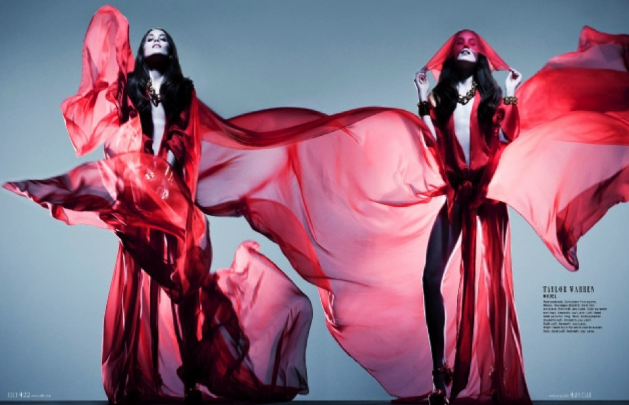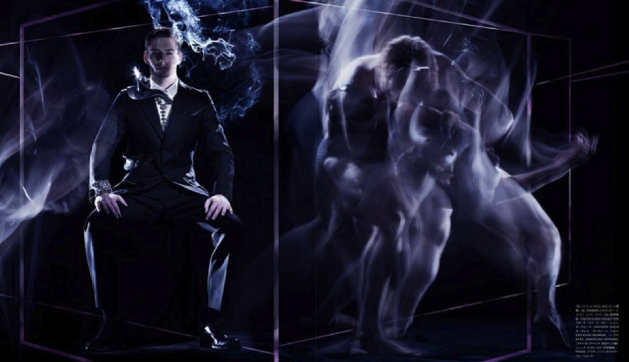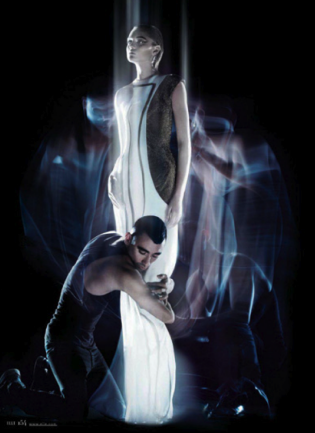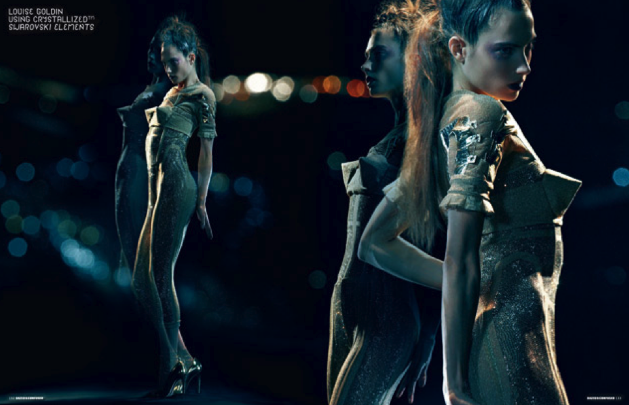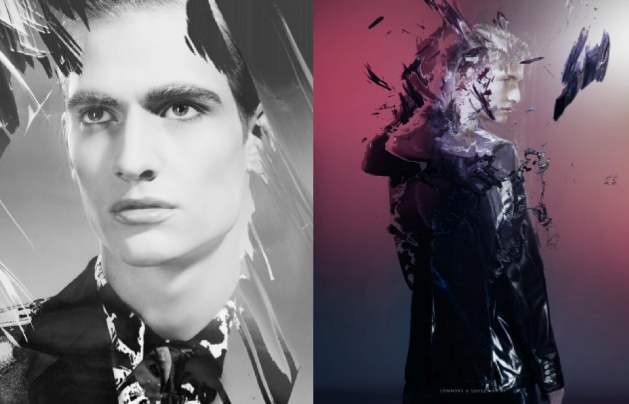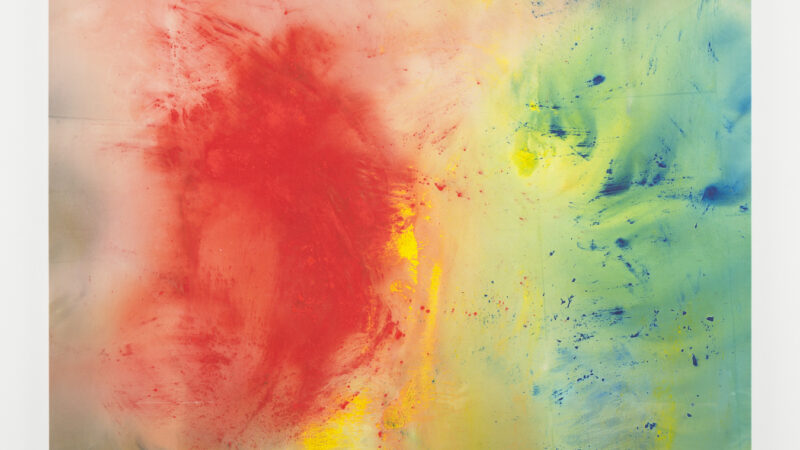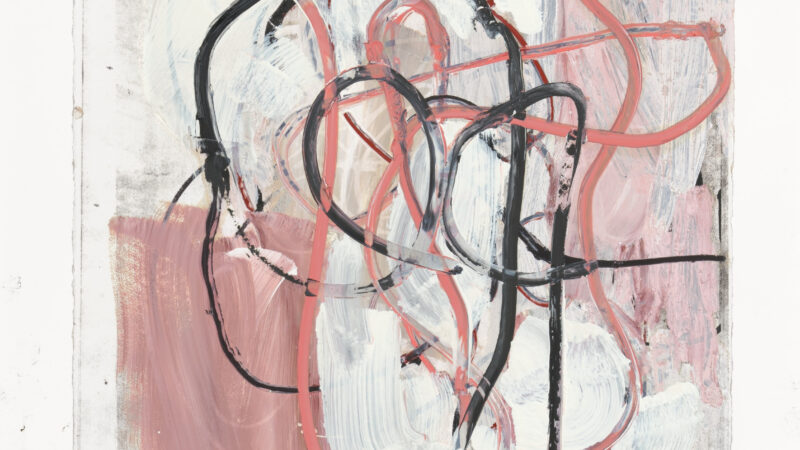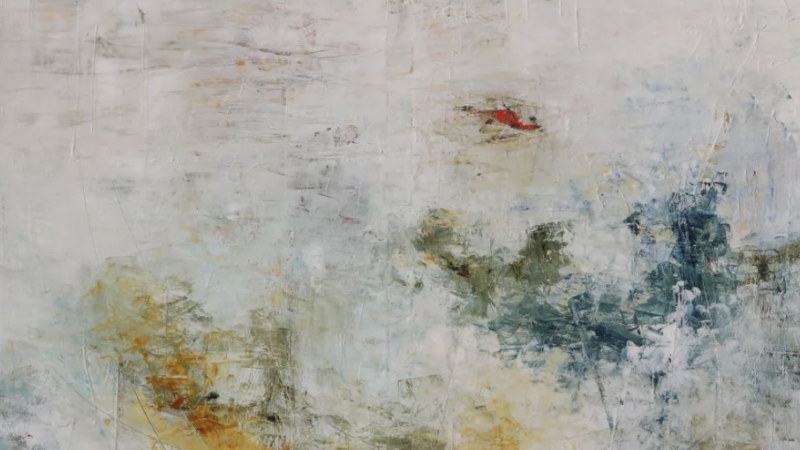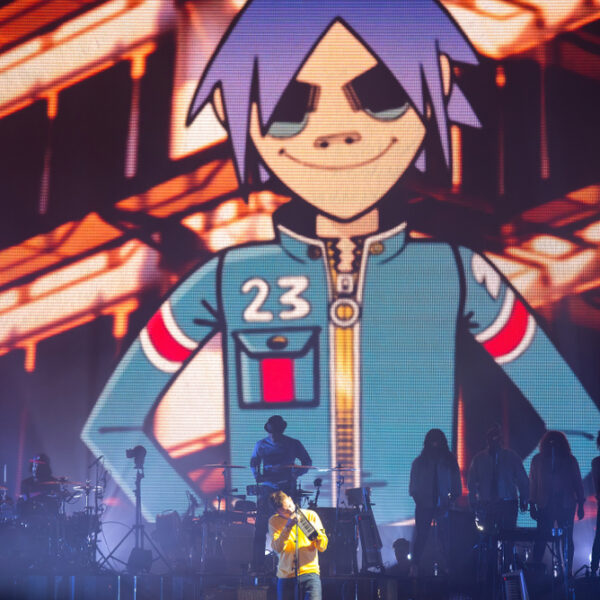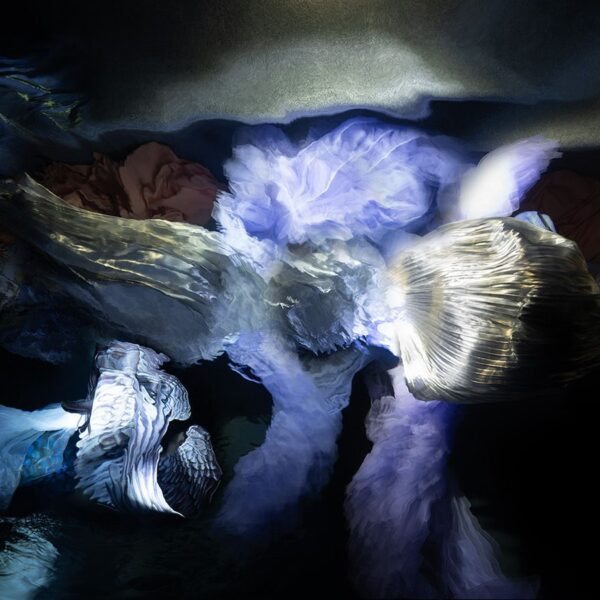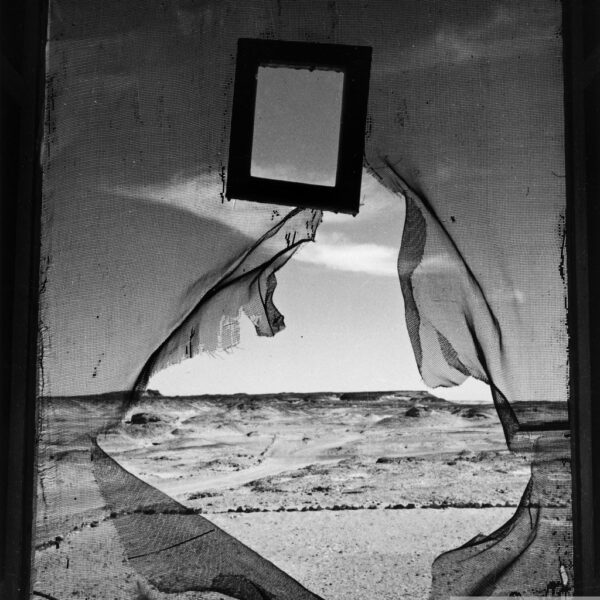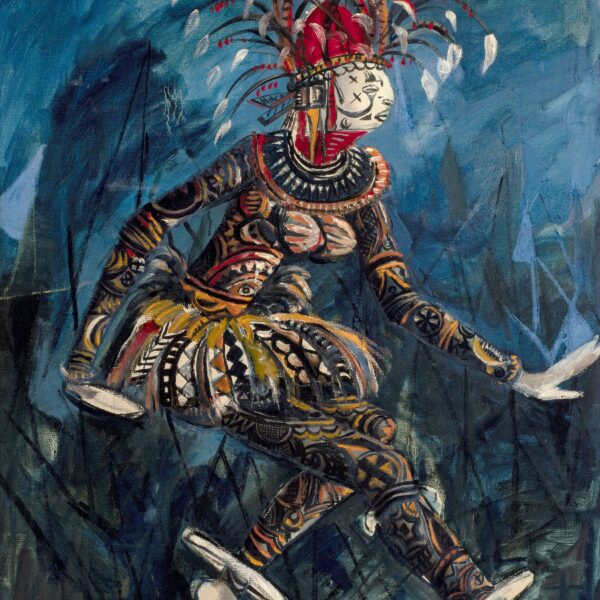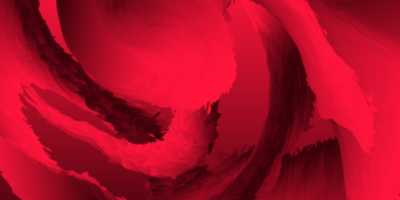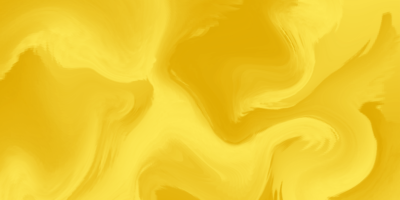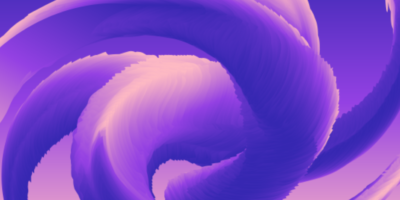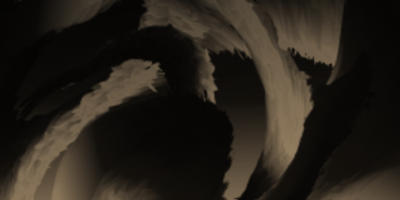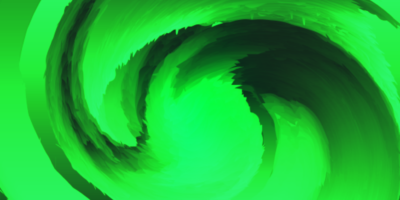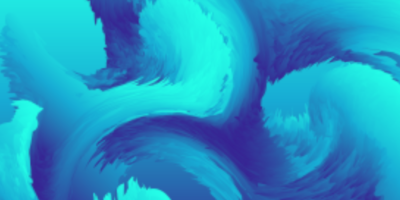New Fashion Photography 4: Tim Richardson
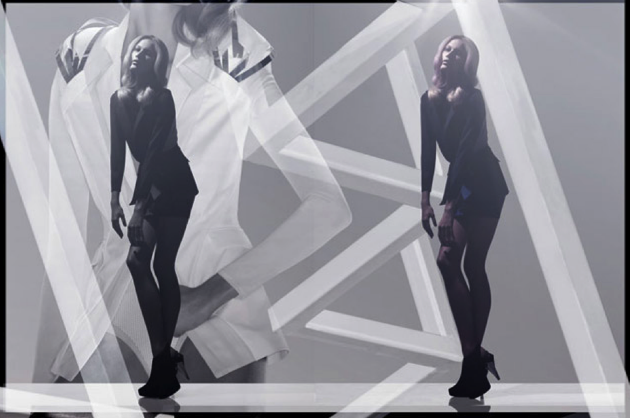
A regular contributor to Dazed & Confused, V and Elle, director and photographer Tim Richardson explores the relationship between movement and the body, a relationship that he markedly manipulates through the photographic filtering and compressing of time.
By condensing a sequence of images into a single time frame, Richardson disrupts the concept of time a single and fixed continuum, instead developing it as a fusion of interconnected moments. Through deconstruction, multiple-exposures and a distortion of self and setting, Richardson transforms a single-shot fashion image into a dynamic reformation of artistic performance, a fluid dialogue between art, subject, and clothing that evolves through the image itself.
Whether shooting an editorial or a campaign, for advertising, print or digital, Richardson continues to engage with the technological flux of change with precision and purpose. Rather than falling into the trap of allowing technology to take pictures for us, he develops and synthesises his ideas as he envisions them – technology acts as a medium to translate an idea into an image, rather than a mind that conjures up the idea itself. A combination of soft blurs and slow shutter speeds, compressed digital film footage and 3D scanning creates images that are, in one sense, futuristic, and yet remain fixed in the frenzy of the present.
Whilst some images appear angular and rhythmically nihilistic, others radiate a tender romanticism. The free outbreaks of paintwork hang in perpetual transition, hovering above, beside, sometimes even obscuring the subject. Richardson captures and exposes moments that would otherwise remain unnoticed -movements, glances, subtle changes in expression and gesture that are enhanced through technology not as something static, but as something mutable. In some ways, Richardson’s aesthetic ruptures both form and time; but ultimately, his work can be in fact be seen as the visualisation of the fragmentary nature of time itself as we exist within it.
Prime Planet: What does photography mean to you?
Tim Richardson: Photography is a vision – a perspective on life that is both instinctive and cerebral.
PP: Try to describe your work in three words.
TR: A sensual science.
PP: What’s important, aesthetically, in your work?
TR: To create an immersive and unique view on the world.
PP: By combining performance with high fashion and the individual, what have you discovered about the relationship between the three?
TR: It has given me greater insight into the interplay between public and private identity of individuals.
PP: Your photographs evoke a lot of movement and fluidity – what makes this an important
element in your work?
TR: The desire to continue the heritage of the figure as a form of study – to explore the physicality and persona of a subject simultaneously.
PP: What makes the concept of ‘time’ important to you?
TR: Time is what you spend with a subject. It’s what gives me the opportunity to observe and interact with people – study their unique character – reveal something I perceive instinctively.
PP: Do you feel that by disrupting certain images, you are taking something away, or adding something more?
TR: It forces me to re-evaluate an image – to see it from an alternative perspective – to break with repetition – to find new visual and conceptual possibilities.
PP: Is there anyone who specifically inspires – or inspired – these other aspects that you add to your photographs? Other artists/literature/films?
TR: Irving Penn, David Lynch, Francis Bacon, Caravaggio, Steve Reich – artists who create their own universe. No one medium attracts me – I see them all as part of the same exchange – parts of the same sense of creative exploration.
PP: You’ve also worked as a director. How has this helped your work as a photographer? Do you try to incorporate something cinematic into your photography, and if so, how and why?
TR: Directing opened my mind to new approaches to shooting – new techniques and creative collaborators. The cinematic image infers a natural momentum – a mis-en-scene – that I try to
incorporate into my work.
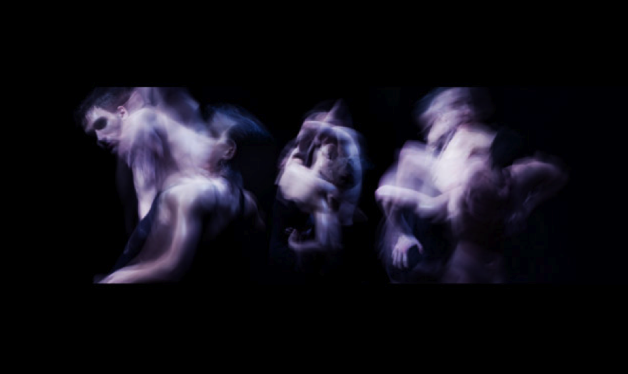
PP: Your work tends to be very experimental, going against the predictable convention – particularly in relation to fashion images. In terms of technique, can you give an outline of what your creative process involves? How do your ideas begin to transform into images?
TR: My process varies – the inspiration is usually creatively triggered by an emotive response to a situation or memory. A memory that creates an association to music, painting, film or sculpture etc. I begin with research – visual and sonic inspirations that lead to a kind of creative desire to translate those impressions into a particular vision.
PP: Does your work build on a unifying concern or does it tend to focus on new interests?
TR: The unifying concern would be discovery. Research always leads me to new visual possibilities.
PP: What do you think your work reveals about yourself?
TR: A fascination with the world and people around me.
PP: What is it that you hope to communicate with viewers?
TR: Inspiration.
PP: What has been the most important lesson you’ve learnt throughout the years as a photographer?
TR: Patience.
PP: What do you hope to achieve in the future?
TR: To continue exploring the world through my senses and enjoy the personal connections I make along the way.
(All images from timrichardson.tv)


